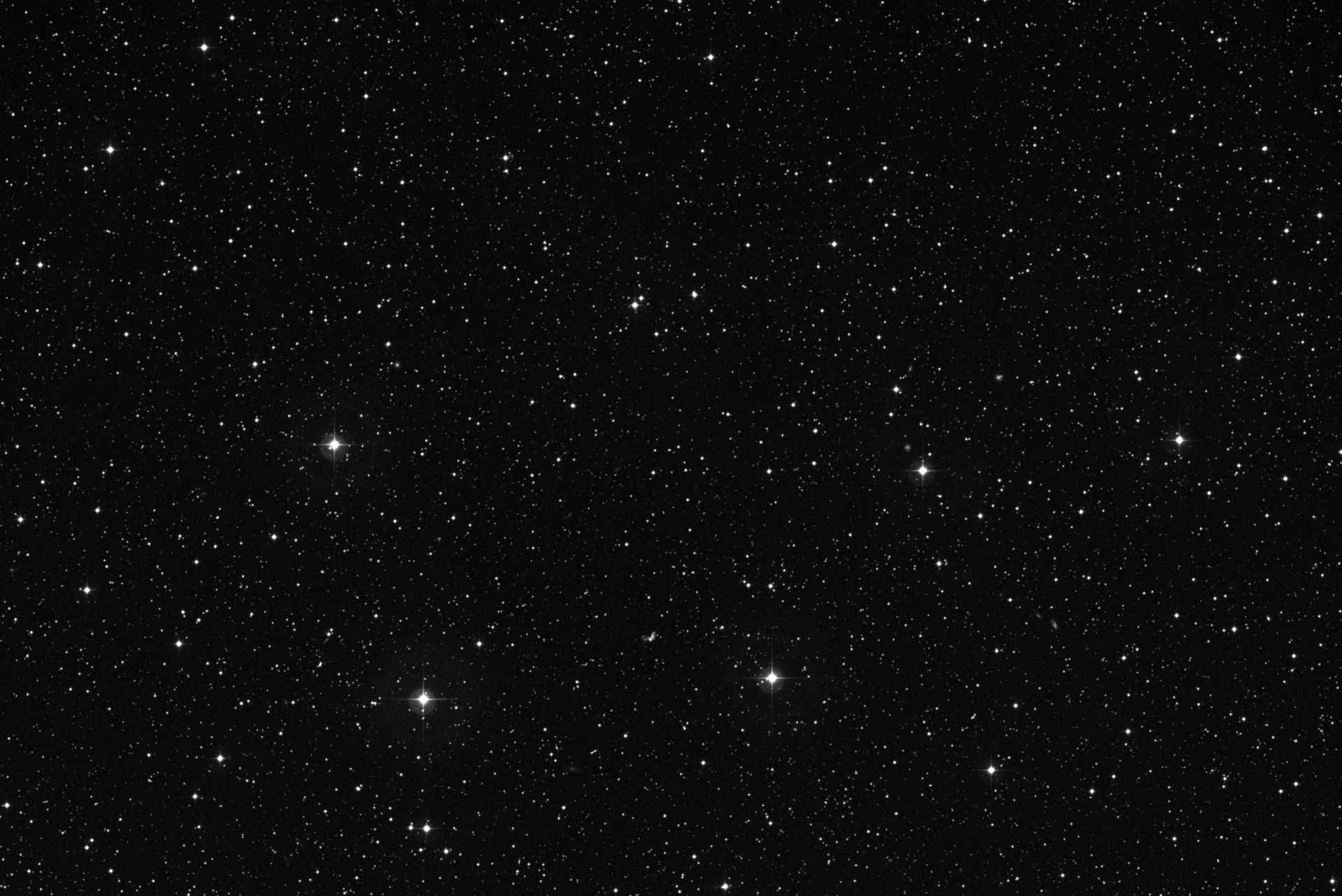Dec:
2 Pallas Live Position Tracker
This page shows Asteroid 2 Pallas location and other relevant astronomical data in real time. The celestial coordinates, magnitude, distances and speed are updated in real time and are computed using high quality data sets provided by the JPL Horizons ephemeris service (see acknowledgements for details). The sky map shown in the background represents a rectangular portion of the sky 60x40 arcminutes wide. By comparison the diameter of the full Moon is about 30 arcmins, so the full horizontal extent of the map is approximately 2 full Moons wide. Depending on the device you are using, the map can be dragged horizondally or vertically using the mouse or touchscreen. The deep sky image in the background is provided by the Digitized Sky Survey (acknowledgements).
Current close conjunctions
List of bright objects (stars brighter than magnitude 9.0 and galaxies brighter than magmitude 14.0) close to Asteroid 2 Pallas (less than 1.5 degrees):
| Type | Name | Magnitude | Ar | Dec |
| Star | HIP 103417 | 7.4512 | 20h 57m 11s | +16° 15’ 05” |
| Star | HIP 103496 | 7.48 | 20h 58m 06s | +17° 05’ 00” |
| Star | HIP 103537 | 7.5362 | 20h 58m 32s | +16° 26’ 12” |
| Star | HIP 103236 | 8.7184 | 20h 54m 53s | +17° 41’ 30” |
| Star | HIP 103837 | 8.127 | 21h 02m 27s | +17° 57’ 13” |
| Star | HIP 103085 | 7.5486 | 20h 53m 13s | +16° 20’ 29” |
| Star | HIP 103323 | 8.5882 | 20h 55m 59s | +17° 52’ 00” |
| Star | HIP 103246 | 7.8374 | 20h 55m 02s | +17° 15’ 34” |
| Star | HIP 103690 | 7.6828 | 21h 00m 42s | +16° 03’ 49” |
| Star | HIP 103444 | 8.7854 | 20h 57m 27s | +18° 17’ 48” |
| Star | HIP 103036 | 6.4548 | 20h 52m 29s | +18° 01’ 38” |
| Star | HIP 103635 | 6.588 | 20h 59m 50s | +16° 49’ 27” |
| Star | HIP 103405 | 7.1276 | 20h 57m 01s | +17° 05’ 50” |
| Star | HIP 103692 | 7.9896 | 21h 00m 43s | +17° 26’ 52” |
| Star | HIP 103551 | 8.0744 | 20h 58m 46s | +16° 25’ 23” |
| Star | HIP 103533 | 8.6536 | 20h 58m 31s | +16° 26’ 08” |
| Star | HIP 103169 | 8.0356 | 20h 54m 06s | +18° 01’ 41” |
| Star | HIP 103644 | 7.0204 | 20h 59m 58s | +18° 37’ 08” |
| Star | HIP 103556 | 7.9414 | 20h 58m 52s | +17° 52’ 01” |
| Galaxy | NGC 7003 | 13.8 | 21h 00m 42s | +17° 48’ 20” |
Additional resources
- 15 Days Ephemerides
- Interactive Sky Map (Planetarium)
- Rise & Set Times
- Distance from Earth
- Light Curve
- Orbital Elements
Astronomy databases
This online sky chart is created using the following astronomy databases and services:
- The Digitized Sky Survey, a photographic survey of the whole sky created using images from different telescopes, including the Oschin Schmidt Telescope on Palomar Mountain
- The Hipparcos Star Catalogue, containing more than 100.000 bright stars
- The PGC 2003 Catalogue, containing information about 1 million galaxies
- The GSC 2.3 Catalogue, containing information about more than 2 billion stars and galaxies
Dec: ()
Set Location
Please set your location so we can show precisely what's visible in your night sky.
Without your location, we will use Greenwhich as a default, but visibility information and star map automatic orientation might be off.




